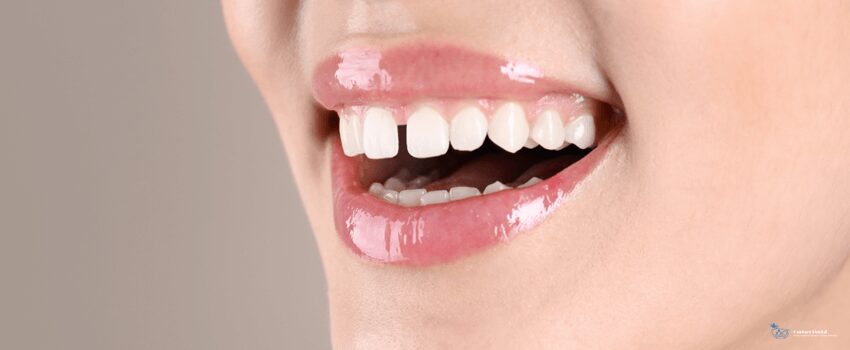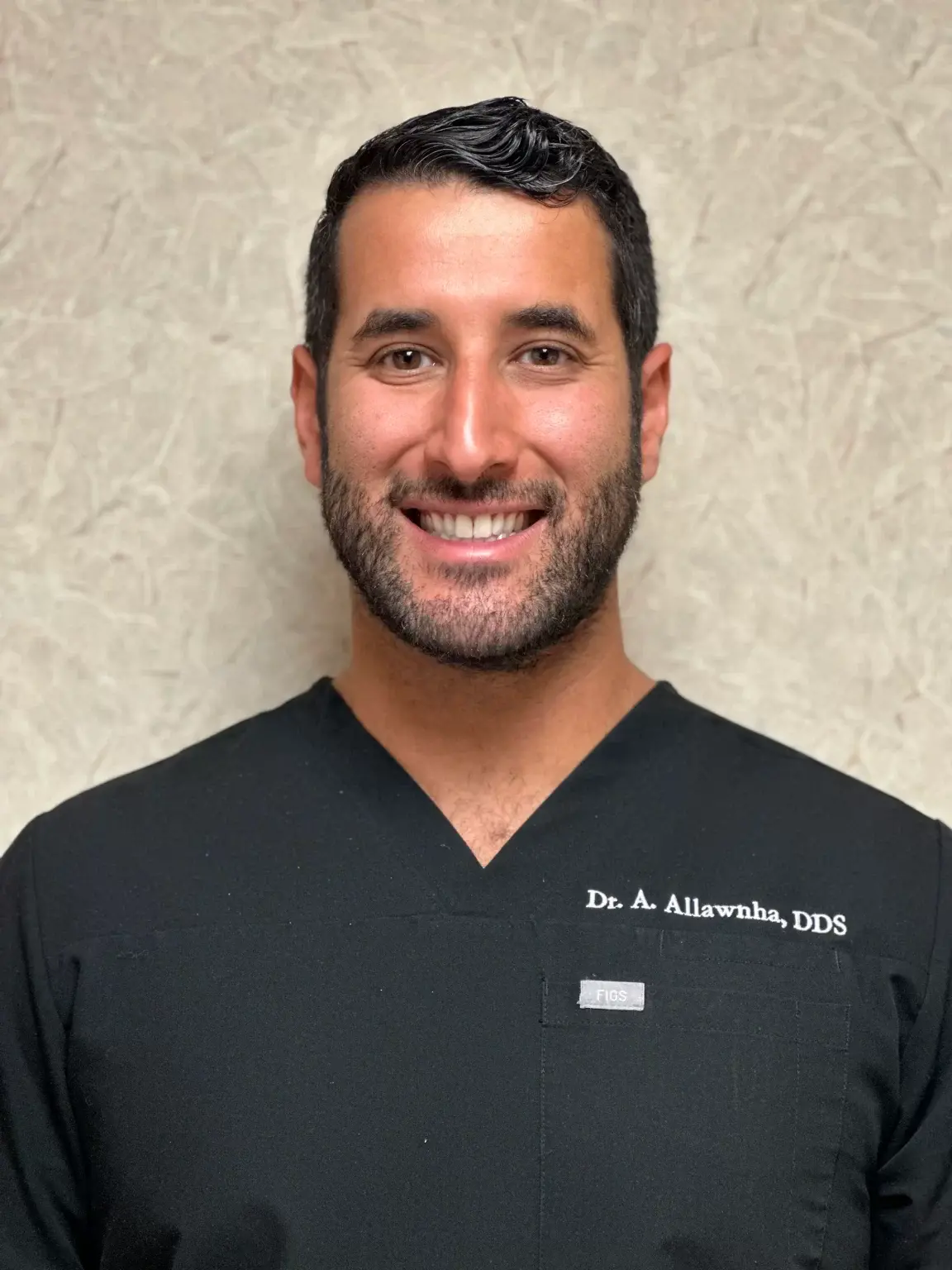Teeth gaps are a common trait. They don’t really need treatment. Some cultures consider them beautiful, but some people dislike how they look and have them fixed.
Sometimes, tooth gaps can lead to speech and dental problems. Regardless of the reason, you can have them fixed.
Here are some of the things you need to know about teeth gaps and how you can fix them.
What are teeth gaps?
Also known as diastema, teeth gaps appear anywhere in your mouth. They are most noticeable between the upper front teeth.
While some gaps may not be obvious, others are more pronounced and can pose problems. They may feel embarrassed to smile and become self-conscious. Crooked or crowded teeth may also result from teeth gaps. Too much space between the front teeth may crowd the rest of the teeth and cause problems with your bite.
Teeth gaps are considered beautiful in many parts of the world, like Nigeria and Ghana. They consider a gap between the front teeth a sign of beauty and attractiveness; some even go so far as to widen them.
It’s also become a unique feature in some celebrities that makes them stand out. Numerous celebrities, including Madonna, Eddie Murphy, and Elijah Wood, have embraced their gap teeth, making it part of their unique looks.
What causes gaps in teeth?
A frenum that sits lower than normal and separates the top teeth is the most common reason for gapped front teeth. The frenum is the skin fold connecting the top lip and the upper gum; you can feel it by lifting your top lip.
Other causes of teeth gaps include:
Incorrect Swallowing
The tongue presses against the roof of your mouth if your swallowing reflex is working correctly. On the other hand, a person with an incorrect swallowing reflex may push their tongue against the front teeth when they swallow. This repetitive pressure on the front teeth can cause a gap to form over time.
Size and Shape of Teeth and Jaws
The size of your teeth relative to your jaws can cause teeth gaps. A person’s genetics affects the size and shape of their teeth and jaws; therefore, a person with teeth that are too small for their jaws will have gaps.
Bad Habits
Tongue thrusting — where a person places their tongue against the front teeth instead of the mouth’s roof — and thumb sucking are bad habits that lead to teeth gaps. They exert pressure on the front teeth and pull them forward.
Gum Disease
Gum disease is an infection that causes inflammation of the gums and tissues surrounding the teeth. It can lead to tooth loss and create gaps between teeth. Gum disease symptoms include bleeding, swelling, redness, bone loss, and loose teeth.
Early Loss of Primary Teeth
Temporary teeth gaps can occur in children when their baby teeth fall out. They close when their permanent teeth come in.
Its prevalence has led many dentists to consider it a normal development phenomenon in children. Usually, it doesn’t need treatment.
A 2012 study found that approximately 32% of children with erupted central incisors have tooth gaps. The central incisors are your two front teeth on either side of your midline.
Excess Tissues
The excess tissue around your gum line can cause teeth gaps. The excess tissues separate your teeth, creating a gap between them.
Lingual Frenum
The lingual frenum, the skin fold attaching the tongue to the bottom of the map, can restrict the tongue from poking past your lips and cause severe tongue tie. It can cause gaps in the lower front teeth.
How To Deal With Teeth Gaps
Teeth gap treatments are unnecessary, especially if the gap is due to a jawbone size mismatch or the loss of primary teeth.
A dentist can help you decide the best way to treat a gap that isn’t medically necessary. Some of the treatment options available are:
Braces
Braces are an orthodontic treatment dentists commonly use to treat diastemas. They apply pressure on the teeth, closing the gap over time.
Moving teeth will affect your whole mouth, meaning you might need multiple sets. You may need a full set of braces, even if only one gap exists. You may also ask your dentist for other orthodontic options for your teeth gap.
Dental Implants or Bridges
A teeth gap due to tooth loss may need more extensive dental work, such as dental implants or bridges.
Dental implants involve the insertion of metal screws in the jawbone, where dentists attach replacement teeth. They look and feel like natural teeth and are more advantageous than dentures.
On the other hand, a dental bridge is a false or permanent tooth attached to the teeth on either side of the gap.
Veneers or Bonding
Dentists also veneers and perform dental bonding as an alternative to braces.
These options are particularly useful if the diastema is caused by smaller teeth. Dental bonding is the application of resin to the tooth’s surface and hardening it with a light source.
Meanwhile, veneers are custom-made porcelain pieces that dentists attach to the tooth’s front surface to hide the gap, make your smile look even, and conceal your teeth’s other imperfections.
Surgery
You may need to undergo a frenectomy if the cause of your teeth gap is a large labial frenum.
Gum Disease Treatment
You must have your dentist treat gum disease to prevent further complications like tooth loss. They may scale your tooth to remove tartar buildup from the gums and to remove the bacteria causing the infection. Topical and oral antibiotics are also available.
Sometimes, you may need surgery to remove deep-seated tartar beneath the gums. Your dentist will close the gap once your gums return to normal health.
Key Takeaway
Diastema, or tooth gaps, are large spaces between the teeth, especially between the front teeth. Various factors cause teeth gaps; these include bad habits, gum disease, and small teeth relative to jawbone size.
You don’t really need to fix your teeth gap, but you can treat it for aesthetic reasons if you want to. Some ways to fix them include braces, veneers or bonding, surgery, dental implants, and braces.
Look your best with Century Dental.
Our St. Pete dentist can help you achieve a more evenly-spaced smile and gain more confidence. They provide many treatments for teeth gaps like veneers, composite bonding, implants, and more. Feel free to call us; we’ll gladly answer all your questions.
Be the best version of yourself today.





